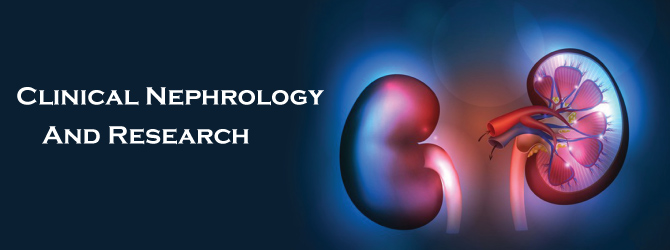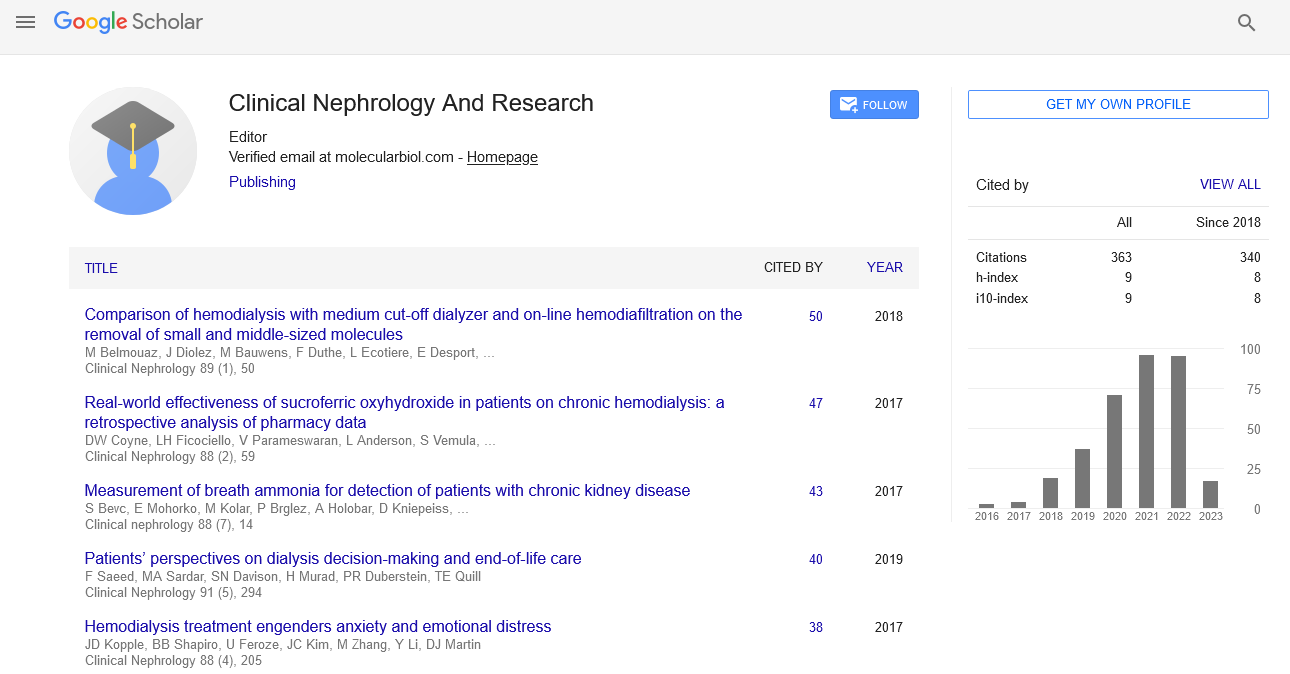
Sign up for email alert when new content gets added: Sign up
Complications of 302 Laparoscopic Renal Surgeries
5th International Conference on Urology and Renal Health
October 25, 2022 | Webinar
Rodrigo Juaneda
Cordoba University, Argentina
Posters & Accepted Abstracts: Clin Nephrol Res
Abstract :
Introduction: Laparoscopic surgery is gold standard in the treatment of different kidney pathologies. The aim of the present work is to analyse the postoperative complications of renal laparoscopic surgeries using the Clavien-Dindo classification. Material and Methods: An observational study was carried out using our prospective database (Sanatorio Allende, Argentina). We Analysed all consecutive laparoscopic renal surgeries performed at our institution in which treatment or approach of the renal pedicle was performed. Postoperative complications up to 90 days after surgery were considered. Results: A total of 302 laparoscopic renal surgeries involving the renal pedicle were performed. 49.7% were radical nephrectomies, 32.8% partial nephrectomies, 11.6% simple nephrectomies, 4.6% nephroureterectomies, and 4 patients (1.3%) were kidney donors. A total of 221 patients (73.2%) had a postoperative course without complications (Clavien 0), 75 patients (24.8%) suffered minor complications (Clavien I and II) and 6 patients (2%) had major complications. Of the Clavien 2 patients, 72% were transfused or used antibiotics to treat infection. Among the major complications, 3 type IIIa were recorded: a ureteral stent placement due to urinoma, an arteriovenous fistula and a pseudoaneurysm treated in hemodynamics (all three in partial nephrectomies). We had one IIIb (reintervention for bleeding after radical nephrectomy) and two IVa: one heart pump failure and one respiratory failure. In a total of 6 patients (2%), laparoscopic surgery was converted to conventional open surgery due to technical difficulty or bleeding (5 radical and 1 simple). Two radical nephrectomies and one nephroureterectomy were converted to “hand-assisted laparoscopic” technique, while two partial nephrectomies were converted to laparoscopic radical nephrectomy. Thirteen patients (4%) received a total of 29 unit red blood cell transfusions. The overall complication rate was 26.8%, while in radical nephrectomies it was 24%, in partial and simple nephrectomies it was 28%, in nephroureterectomies 36% and in donors 25%. Conclusion: Complications in our series were predominantly minor and we consider laparoscopic renal surgery to be a safe technique in our environment. Recent Publications 1. Hu et al, Fewer complications after laparoscopic nephrectomy as compared to the open procedure with the modified Clavien classification system - a retrospective analysis from Southern China, World J Surg Oncol. 2014 2. Secin et al, American Confederation of Urology (CAU) experience in minimally invasive partial nephrectomy. World J Urol, 2017 3. Gill, I.S., et al. Comparison of 1,800 laparoscopic and open partial nephrectomies for single renal tumors. J Urol, 2007.




